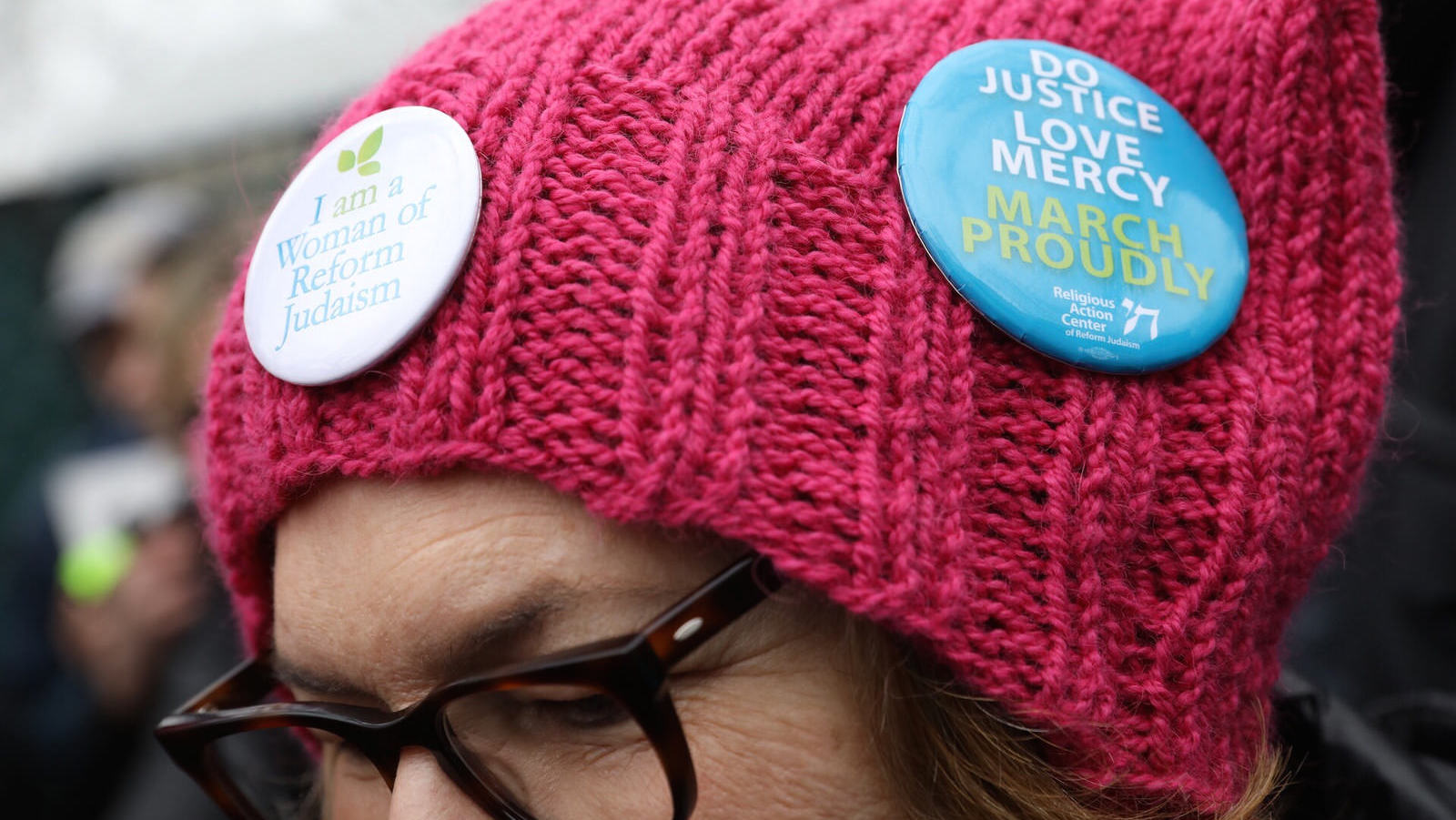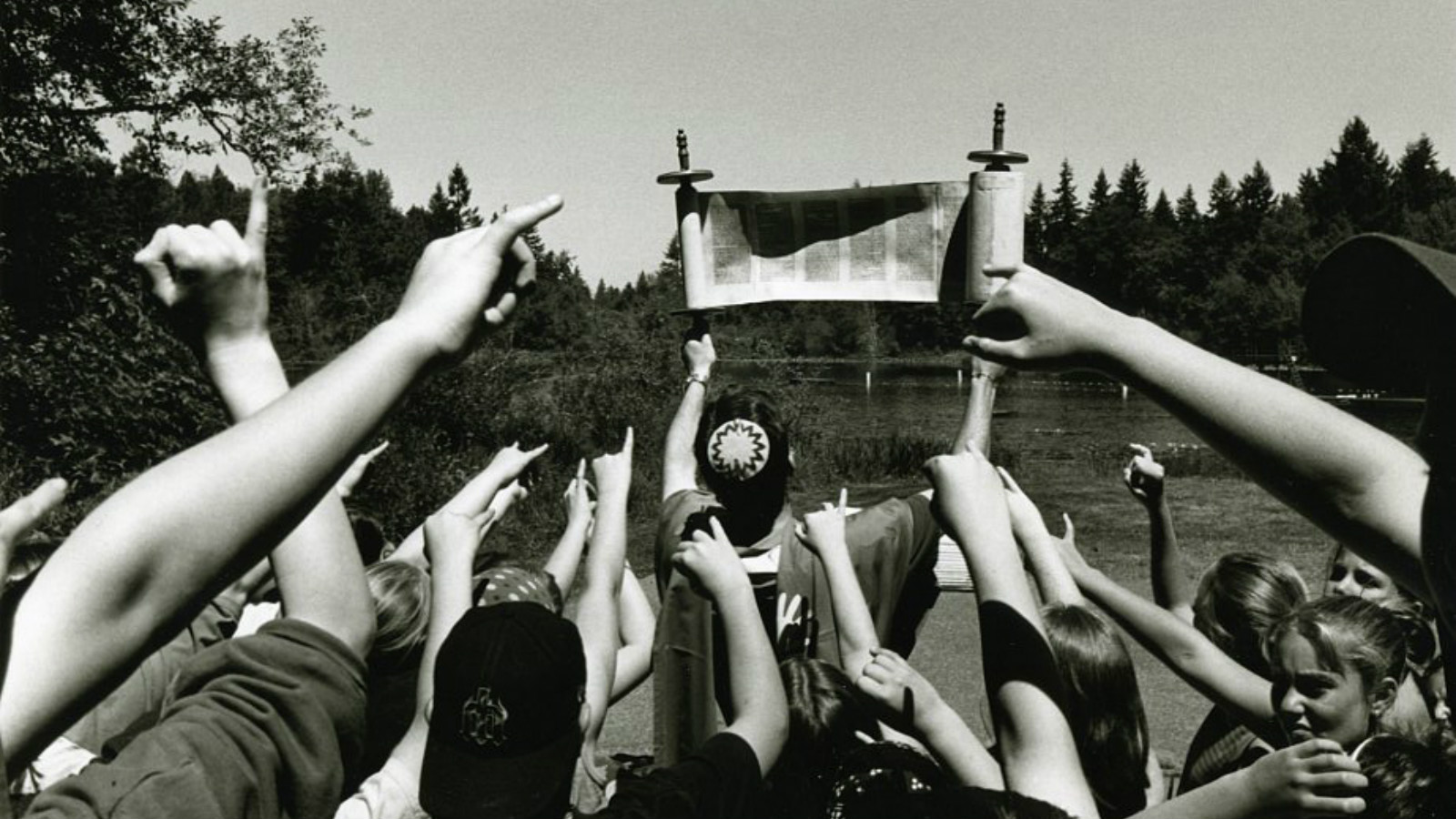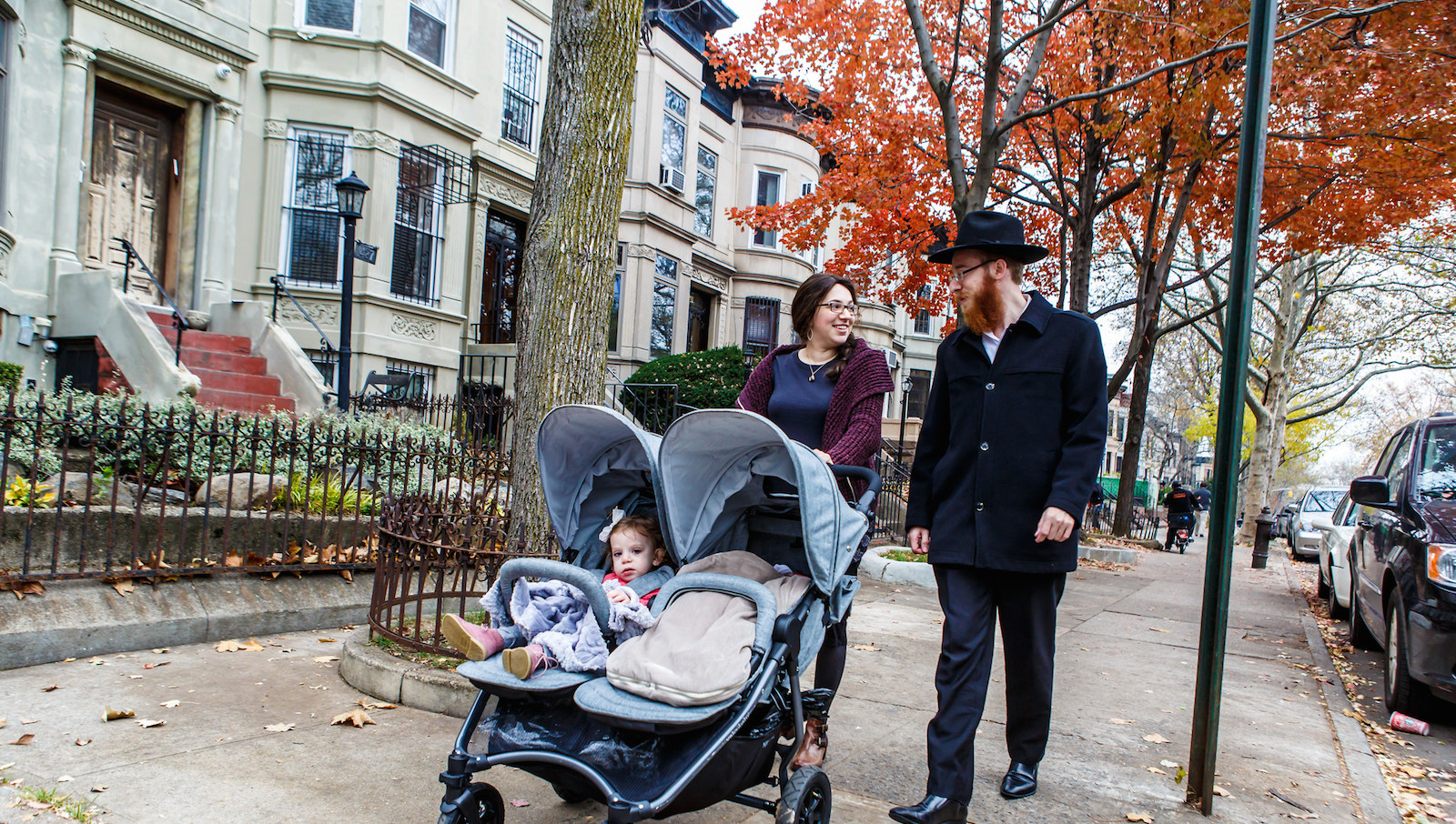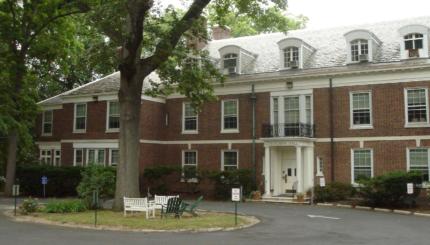Jewish denominations — also sometimes referred to as streams, movements or branches — are the principal categories of religious affiliation among American Jews. The denominations are mainly distinguished from one another on the basis of their philosophical approaches to Jewish tradition, and their degree of fidelity to and interpretation of traditional Jewish law, or .
Outside North America, the non-Orthodox streams of Judaism play a less significant role, and in Israel the vast majority of synagogues and other Jewish religious institutions are Orthodox, even though most Israeli Jews do not identify as Orthodox.
Even within North America, the role of the movements has diminished somewhat in recent years, with growing numbers of American Jews and Jewish institutions identifying as “just Jewish,” nondenominational or transdenominational.
The 3 Largest Jewish Movements
Reform Judaism

Help us keep Jewish knowledge accessible to millions of people around the world.
Your donation to My Jewish Learning fuels endless journeys of Jewish discovery. With your help, My Jewish Learning can continue to provide nonstop opportunities for learning, connection and growth.
The largest affiliation of American Jews, some 35 percent of Jews identify as Reform. The movement emphasizes the primacy of the Jewish ethical tradition over the obligations of Jewish law. The movement has traditionally sought to adapt Jewish tradition to modern sensibilities and sees itself as politically progressive and social-justice oriented while emphasizing personal choice in matters of ritual observance. Major institutions: Union for Reform Judaism, Hebrew Union College-Jewish Institution of Religion, Religious Action Center, Central Conference of American Rabbis.
Conservative Judaism
Known as Masorti (traditional) Judaism outside of North America, Conservative Judaism sees Jewish law as obligatory, though in practice there is an enormous range of observance among Conservative Jews. The movement has historically represented a midpoint on the spectrum of observance between Orthodox and Reform, adopting certain innovations like driving to synagogue (but nowhere else) on Shabbat and gender-egalitarian prayer (in most Conservative synagogues), but maintaining the traditional line on other matters, like keeping kosher and intermarriage. (While it continues to bar its rabbis from officiating at interfaith weddings, the movement has liberalized its approach to intermarriage somewhat in recent years.) About 18 percent of American Jews identify as Conservative. Major institutions: Jewish Theological Seminary, United Synagogue of Conservative Judaism, Rabbinical Assembly, Ziegler School of Rabbinic Studies.
Orthodox Judaism
Orthodox Jews are defined by their adherence to a traditional understanding of Jewish law as interpreted by rabbinic authorities over the centuries. Hallmarks of Orthodox religious life include strict observance of Shabbat (no driving, working, turning electricity on or off, or handling money) and of kosher laws. Though numerically the smallest of the big three — some 10 percent of American Jews identify as Orthodox— Orthodox Jews have larger than average families and their offspring are statistically more likely to remain observant Jews.
Unlike the Reform and Conservative movements, which have a recognized leadership that sets policy for movement-affiliated institutions, Orthodox Judaism is a looser category that can be further subdivided as follows:
Modern Orthodox
Also known as centrist Orthodoxy, this movement was an effort to harmonize traditional observance of Jewish law with secular modernity. Its ideal is summed up in the motto of its flagship institution, New York’s University: Torah Umadda (literally, Torah and secular knowledge). Major institutions: Yeshiva University, Rabbinical Council of America, Orthodox Union.
Haredi (or Ultra) Orthodox
Typically marked by their distinctive black hats (for men) and modest attire (for women), Orthodox Jews are the most stringent in their commitment to Jewish law and tend to have the lowest levels of interaction with the wider non-Jewish society. One major exception is Judaism’s Chabad-Lubavitch sect, which is known for its outreach to the wider Jewish community. Haredi Orthodox Jews, who are represented in the United States by Agudath Israel of America, can be further subdivided into two principal groups:
Hasidic
Hasidic Jews are heirs of the spiritual revivalist movement that began in Eastern Europe in the 18th century and, drawing on the Jewish mystical tradition, emphasized direct communion with the divine through ecstatic prayer and joy in worship. There are a number of distinct sects, most headed by a charismatic rabbi, or rebbe, including Chabad, Satmar, Ger and Skver.
Yeshivish
Sometimes also known as Litvish, these haredi Jews are heirs of the mitnagdim (literally “opponents”) who rejected the the rise of Hasidic Judaism in Europe. These Jews traditionally emphasized the intellectual aspects of Jewish life, particularly rigorous Talmud study for men. Yeshivish derives from the word yeshiva, or religious seminary.
Open Orthodox
The newest subset of Orthodoxy, Open Orthodox was founded in the 1990s by the New York Rabbi Avi Weiss. Its adherents, who consider the movement a reaction to a perceived shift to the right among the Modern Orthodox, generally support expanded roles for women in spiritual leadership and more openness to non-Orthodox Jews. Major Institutions: Yeshivat Chovevei Torah, Yeshivat Maharat
Smaller Denominations
Reconstructionist Judaism
Following the thinking of its founder, Mordecai Kaplan, Reconstructionism holds that Judaism is the evolving civilization of the Jewish people. Its adherents hold varying opinions about the extent to which Jewish law, particularly the mitzvot, are obligatory. The movement is quite religiously progressive: Kaplan was the first American rabbi to preside over a public bat mitzvah celebration — for his daughter, Judith, in 1922 — and the movement’s rabbinical seminary was the first to accept openly gay students. The movement’s major institution is Reconstructing Judaism. The movement also has a rabbinical school, the Reconstructionist Rabbinical College, and a clergy association, the Reconstructionist Rabbinical Association.
Jewish Renewal
Jewish Renewal combines the ecstatic prayer of Hasidic Judaism with a contemporary ethos of gender egalitarianism, environmental consciousness, progressive politics and appreciation of religious diversity. Its spiritual father was the late Rabbi Zalman Schachter-Shalomi, who was born into a Hasidic family in Europe but dabbled freely in the 1960s counterculture. Its principal organization is Aleph: The Alliance for Jewish Renewal, which also runs an ordination program.
Humanistic Judaism
Founded in 1963 by Rabbi Sherwin Wine, this movement offers a “nontheistic” Judaism that is not based on divine revelation. Humanistic Jews celebrate Jewish culture, history and holidays without reference to God and emphasize a rationalist, human-centered ethics.






